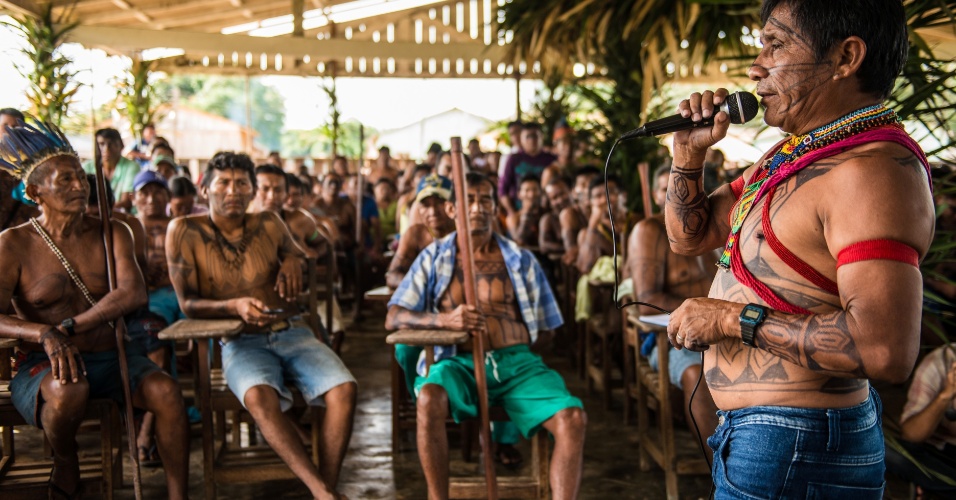
We analyse this conflict history from both indigenist and indigenous narratives. We present a study on the recent conflicts that took place in the Vale do Javari Indigenous Land (AM) and that resulted in violent deaths of Korubo and Matis people, respectively considered by the Brazilian government as " isolated " and " of recent contact " indians. (em português, abaixo) Abstract: We set out to show in this paper how a particular ideal about indigenous people permeates the Brazilian indigenist utopia and how the indigenous policies concerning isolated indians present their contradictions and idiosyncrases, influenced by these ideals. The aim of this research is to explore the debates related to the identification of such groups in order to, subsequently, investigate how the land demarcation took place, as well as seeking the knowledge of how their image remains continuously under negotiation at the politics scope for the isolated indigenous people from Rondônia and the Brazilian Amazon. Regarding the Massaco’s area, it was by the track and traces from an indigenous group that their territory and existence have been defined, while their image is still being designed as an ongoing study of the artifacts found, forsaken Camps, appearance reports and distance observations: they cannot be heard, obviously, therefore they cannot define “their” own territory. In order to enable the land demarcation, it was necessary to create innovations regarding demarcation procedures, in which, as a matter of course, must host the attendance of the indigenous themselves when defining their traditional territory.


Yet, Brazil is a reference when it comes to protection measures to such indigenous communities, and this reputation is due mostly to policies related to demarcation of lands, highlighting the demarcation of an indigenous area exclusively to isolated people in 1996: the indigenous land called Massaco, in the state of Rondônia. Such movement is associated mainly due to the onslaughts of a “developmental” nature that is moving forward to lands that are most wanted from the predatory capitalism, along with persistent illegal activities looking for timber and other resources from the forest. The presence of reports in the big mass media spreading the existence of isolated indigenous people in the Amazon forest has grown exponentially over the last years.


 0 kommentar(er)
0 kommentar(er)
